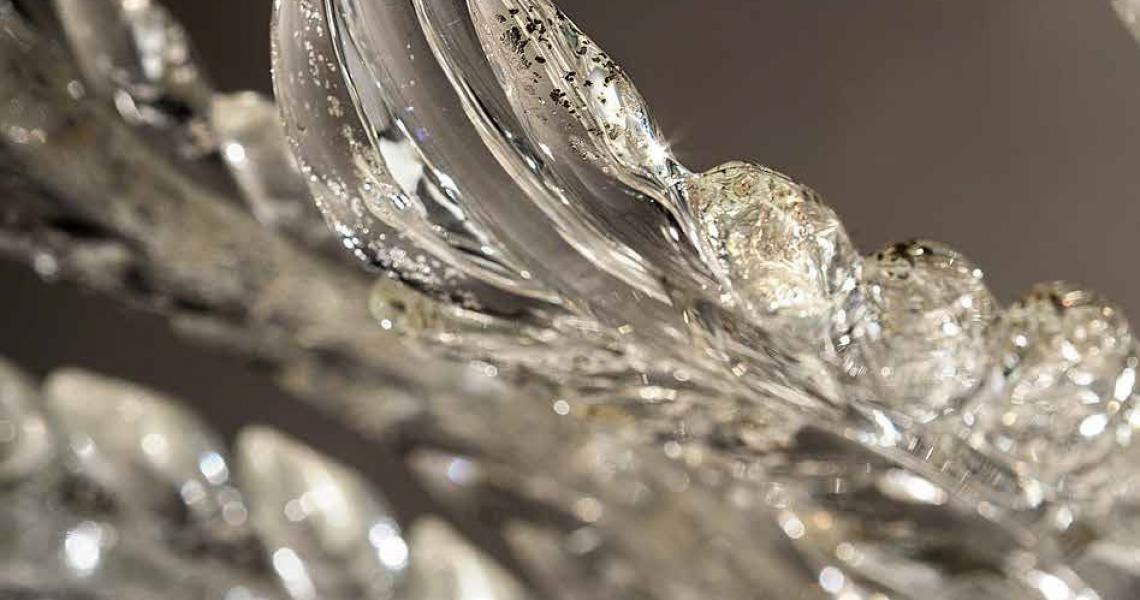Glass vs. Crystal
There is an island known all over the world for its original creations, which have given transparency and magic for centuries.
It is the island of Murano and its glass attracts and intrigues everyone.
The preciousness of Murano Glass lies in its history and in the technique with which it is produced.
It is a type of glass that can be considered artistic but for centuries it is used to create objects of common use such as glasses, glass vases, statues and ... especially lighting. Chandeliers which can be considered real works of art!
The origins are ancient and for centuries the techniques to produce it have remained secret and jealously protected by Venice and by the Murano people. The master glassmakers are still today the keepers of this millenary art that originated in the Byzantine era. The first document that speaks of the existence of a glass factory in Venice is dated 982 A.D.
The Venetian glass is sodic, meaning that silica is added to the soda to melt at lower temperatures and to obtain complex hot work.
The glass, made liquid at a temperature of 1600 degrees, is blown and shaped in the transition from liquid to solid and once cooled, it can be finished by expert millers who proceed with sand blasting and various other finishing techniques.
A ritual that is repeated over time to infinity, thanks to an unchanged passion and a maniacal attention to details.
Murano glass blowing
Almost all Murano glass objects are made by blowing. With this technique the Murano glass is modeled by the master glassmaker who blows into a reed on which the molten glass rests.
This technique dates back to the first century B.C. on the eastern coasts of the Mediterranean, and Venice has made it its most important artistic expression. Murano blown glass chandeliers are now visible in the most important residences all over the world. Thanks to the many techniques invented by the master glassmakers of Murano, today we can admire chandeliers and objects with elegant, elaborate and extremely refined shapes.
Murano glass in the Crystal variant
A little curiosity: there is a type of Murano glass called "crystal", colorless and transparent.
This glass does not have the crystal composition, actually it does not contain lead oxide, but in processing it is decolored with manganese dioxide. Precious, it is made only with pure raw materials. Murano crystal, aka sodic crystal, is perfect for creating very light blown objects with long processing times.
